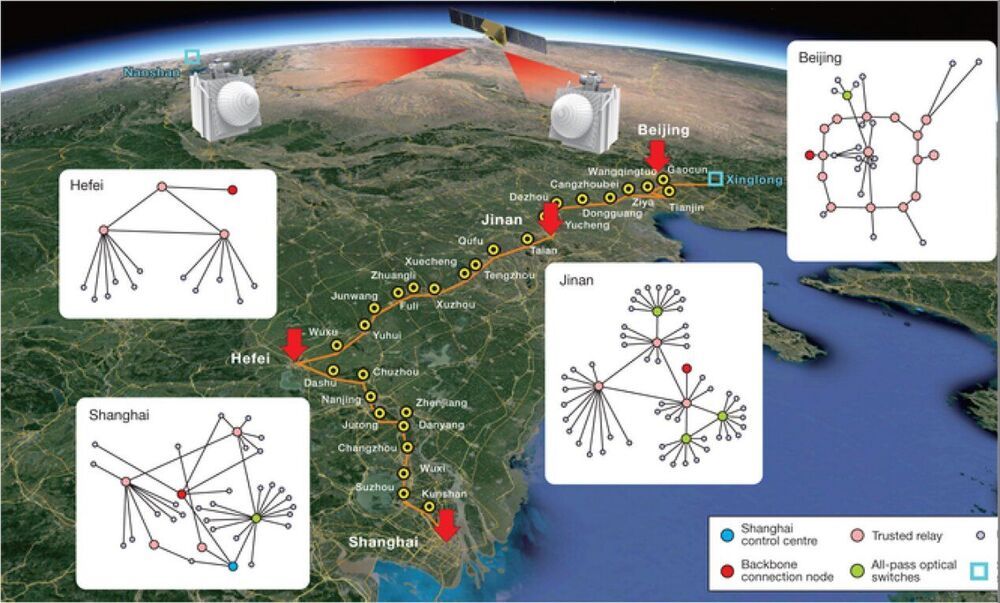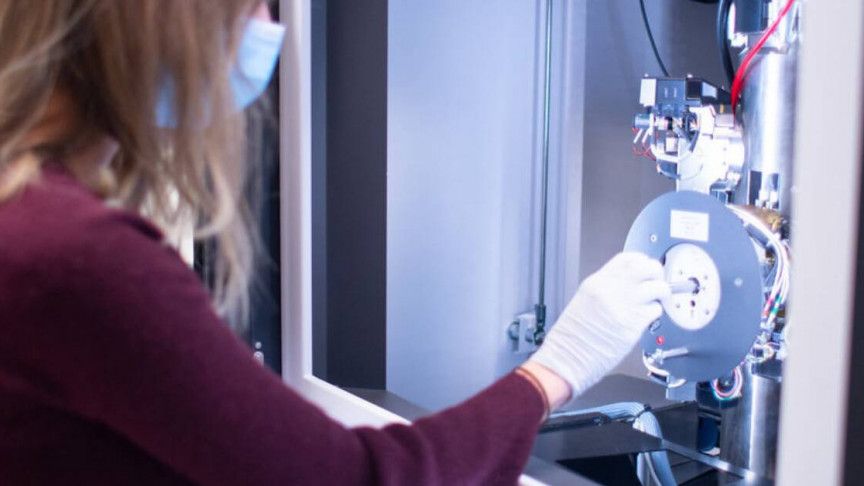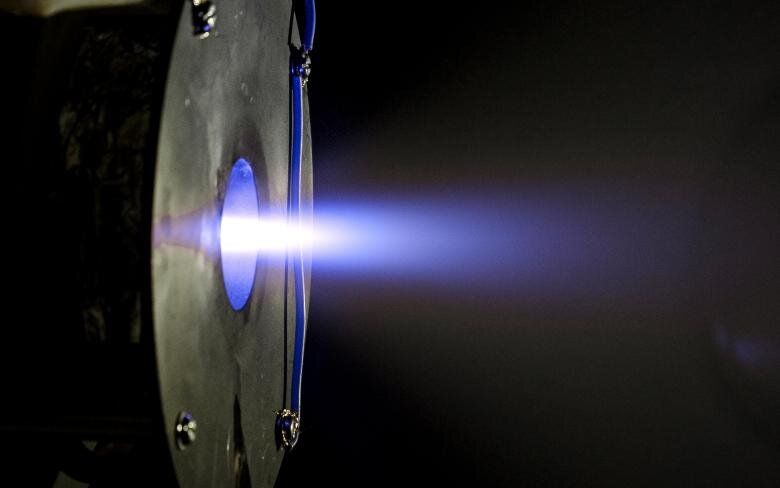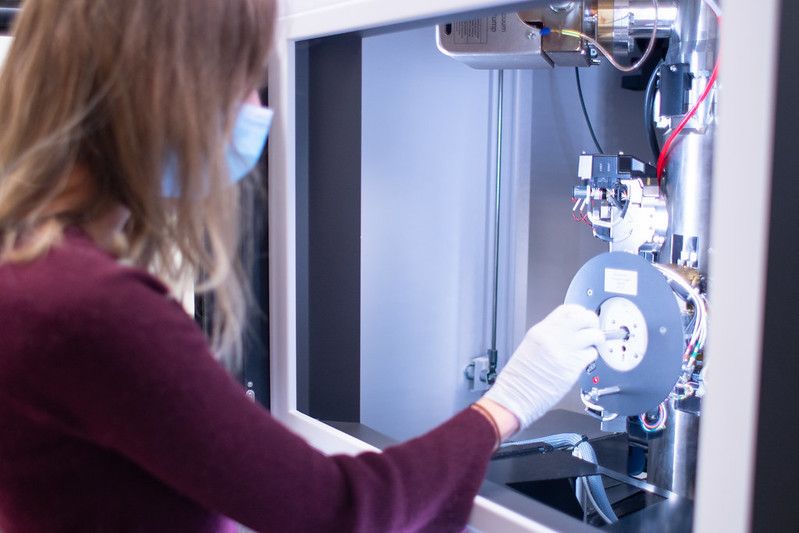Ebikes may indeed require less pedalling effort than regular bicycles, but most still offer little in the way of cargo capacity or protection from the elements. The CityQ is designed to provide both, along with four-wheeled stability.
Created by Norwegian company CityQ AS, the vehicle is pedalled like a bike, with a 250-watt motor augmenting the rider’s pedalling power. However, the pedals aren’t directly linked to the drivetrain. Instead, the CityQ features what is simply described as “a software-managed drivetrain – like you find in electric cars.”
We’re still waiting to hear back about what that entails, although we suspect it may be something like the setup utilized in the Mando Footloose ebike – it uses an alternator to convert the rider’s pedalling power into electricity, which is stored in a battery that powers the motor.









